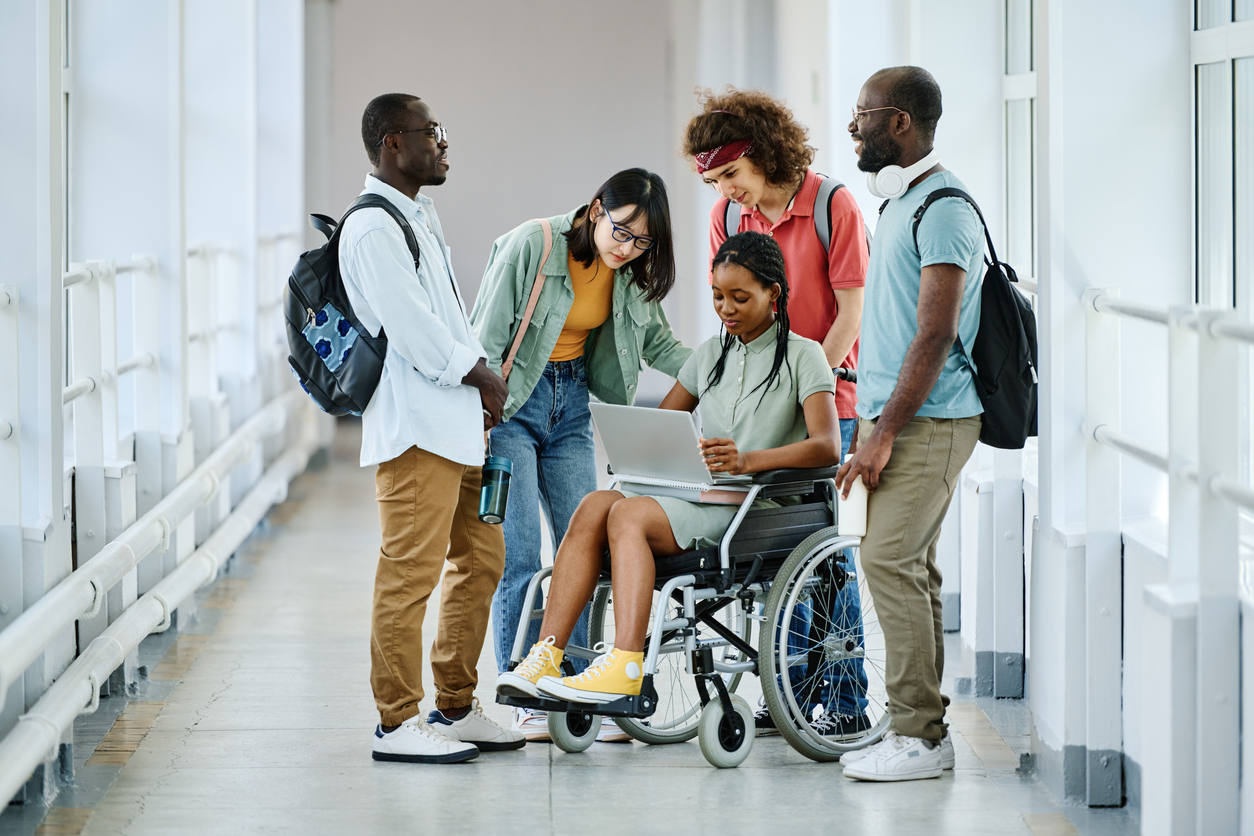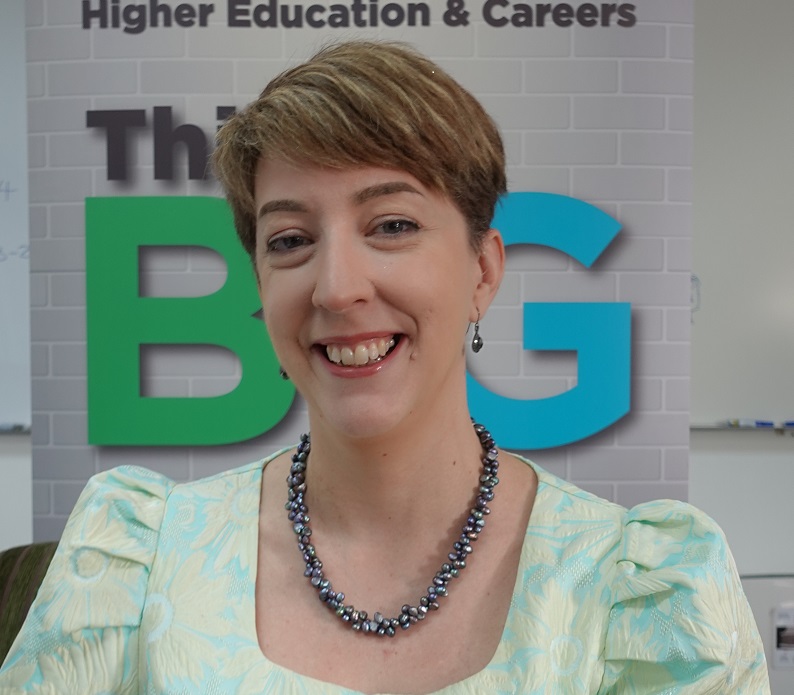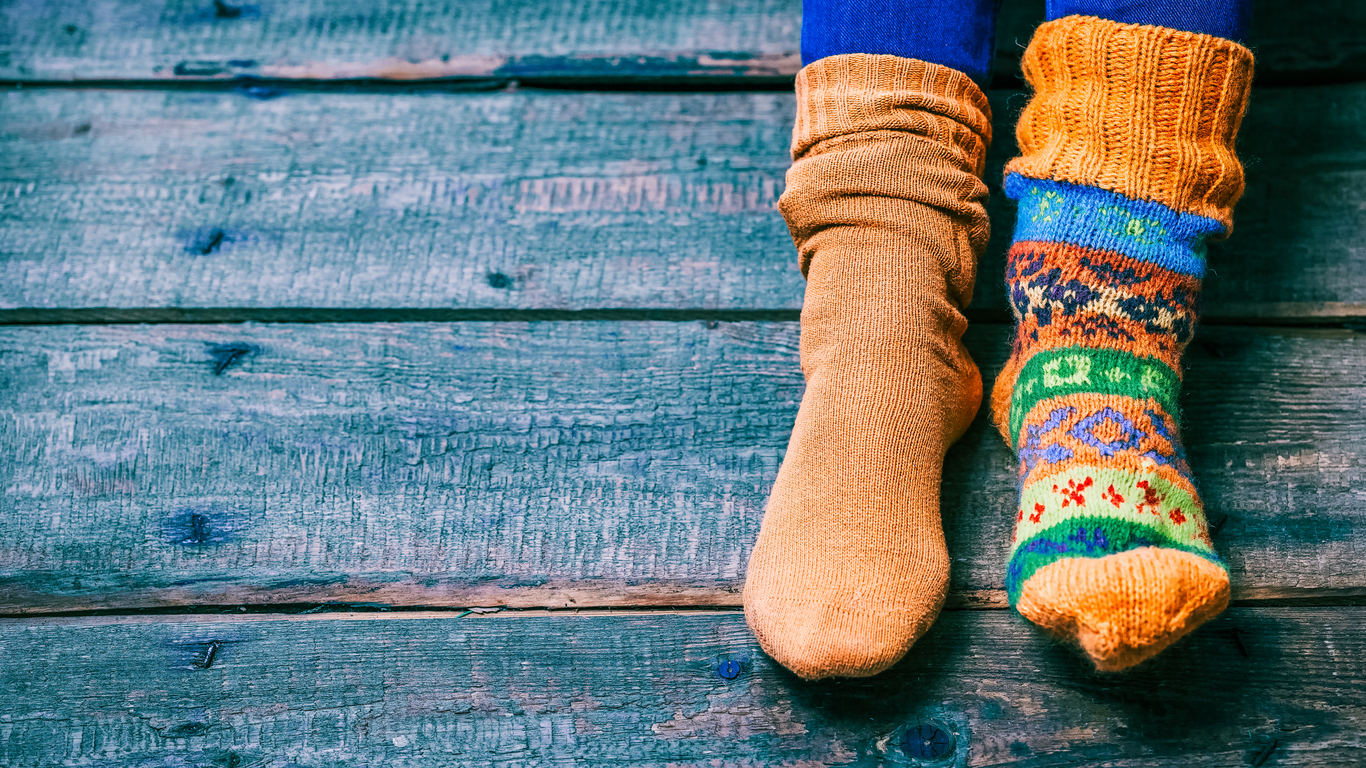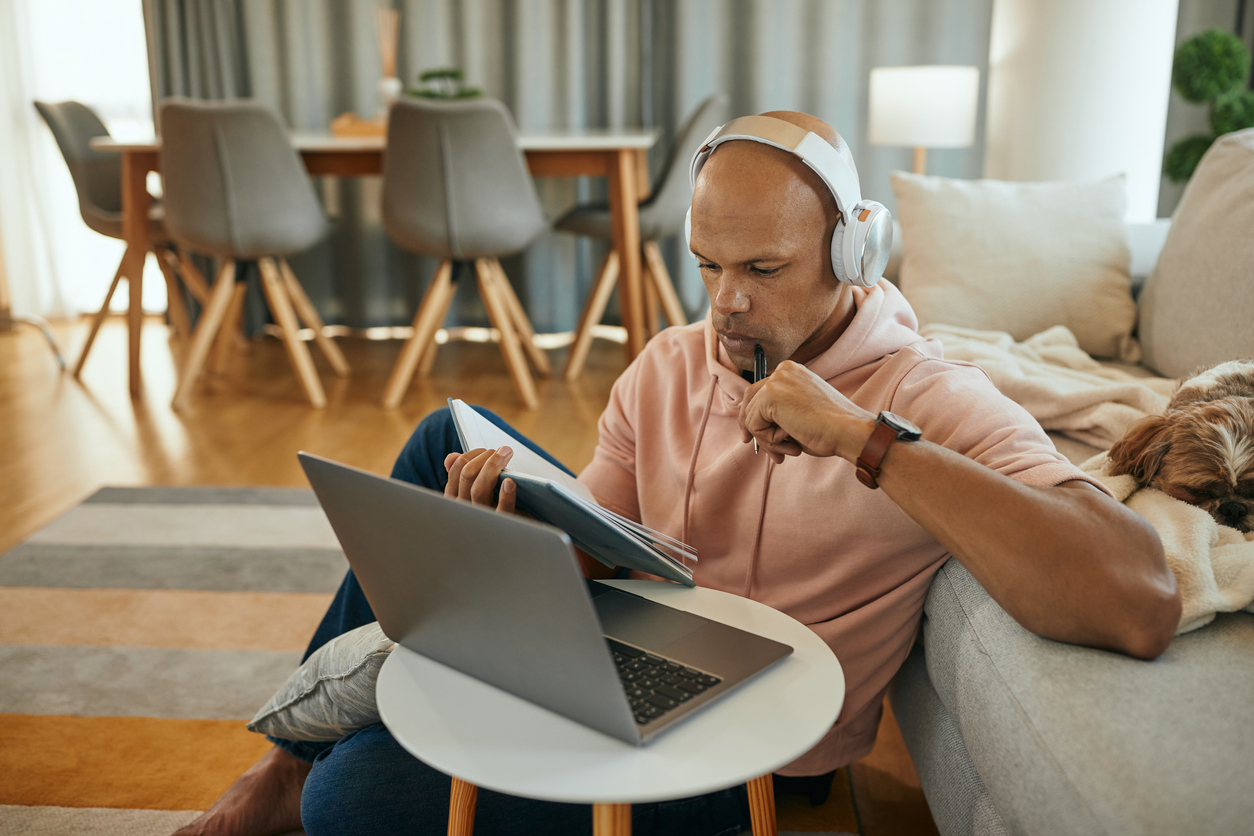Counsellor resource: using Universal Design to make learning accessible to all
Counsellors can use the principles of Universal Design to ensure that their lessons and presentations are accessible to all students

As a deaf counsellor, I am always looking for ways that normalise inclusion, especially when running group sessions with multiple students.
Having connected with Aoife Ryan, disbility and inclusion expert at University College Cork, on LinkedIn because of her work with the deaf community, she introduced me to the concept of Universal Design for Learning – this was my eureka moment. I went on to discover more about Universal Design for Learning (UDL) from the website CAST, which states: “CAST created the Universal Design for Learning framework, and it remains one of the core levers of change to help make learning inclusive and transformative for everyone.”
I have since discovered that UDL is utilised by many higher education institutions, such as Cornell University. Some institutions such as SUNY University at Albany have implemented a campus-wide face-to-face introduction to Universal Design for Learning workshops, which were delivered to 153 SUNY faculty, staff and instructional designers in spring 2023.
They continued their endeavours via an online series of one-hour webinars addressing specific topics of interest related to Universal Design for Learning in higher education. This action is highly encouraging, and, as a keen advocate for accessible education, I hope to see all universities and colleges training staff and implementing UDL across the whole sector.
How to introduce UDL for group sessions
Utilising my professional experience as a career development practitioner, I aim to run many group sessions related to both higher education and careers each year, in addition to the counselling one-to-ones. Having seen the impact UDL can have in the classroom, I am committed to designing all my group resources with UDL at the centre.
As UDL emphasises student choice on how they interact and engage with the content, it allows for true inclusion to occur because students have the ability to access resources in whichever way suits them best. This leads to an increase in autonomy, empowerment, motivation and, of course, accessibility.
CAST offers many free resources, including its guidelines here, and I encourage everyone to check them out and see what you can implement today. With just a few small changes, every presentation, lesson and group session can be made more inclusive.
Top takeaways when designing or redesigning existing resources
Provide accessibility through options and design
- Record what is written on each slide.
- Have a high contrast of background and written text
- Include a description of any pictures
- Include a glossary of key terms
Provide options for activities
- Group work
- Individual work
- One-to-one
Provide options for expressing the learning outcome such as (but not limited to):
- Writing
- Speech to text
- Video
- Mind map
- Canva tile
Always include an introduction slide on UDL and how students can choose to use the resource you have created. Once the activity is complete, seek student feedback, as well as reflecting on how it went for you – this results in further iterations and improvements of resources.
Most recently, I redesigned a lesson using the UDL principles listed above on the topic of AI as a career coach, which is attached as a downloadable resource to this article. I really enjoyed creating this resource and hope many people will use it in their classroom.
By taking just a few quick, easy steps, you can join me and many other institutions around the globe in creating accessible and inclusive instructional approaches that meet the needs and abilities of all learners. Inclusive learning can empower each and every one of us.




